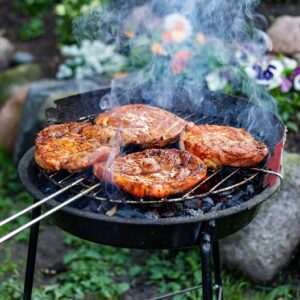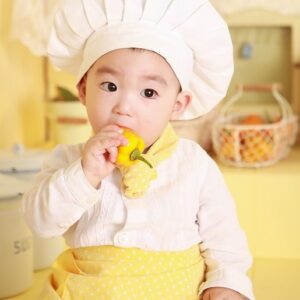
- Equipment: Special tools are needed for steaming, such as a steamer basket or a steamer pot which might add to the cost.
- Limited supply: The amount of food that can be cooked at once and the size of the steamer basket or pot are the two factors that affect the quantity of steaming.
- Demands continuous attention: To guarantee that the food is correctly prepared and to avoid overcooking, steaming calls for continuous monitoring.
- Limited flavour infusion: Unlike other cooking techniques steaming does not allow for the flavour infusion of marinades or seasonings.
- Limited browning and caramelization: Compared to other cooking techniques like roasting or sautéing steaming does not produce as much browning and caramelization.
- Not suited for all meals: Some dishes like bread and pastries need dry heat to rise and form a crisp crust these foods may not be suitable for steaming.
- Less control over cooking temperature: Compared to other cooking techniques, steaming offers less control over cooking temperature making it more challenging to attain accurate doneness.
- Limited by the steamer’s capacity: It is challenging to steam a significant quantity of food at once due to the steamer’s capacity limitations.
- Insufficient heat and dry heat: Steaming is insufficient for food browning or searing which require high heat and dry heat.
- Requires particular abilities: Steaming calls for particular abilities and practises such as timing and the right choice of steamer basket or pot.









